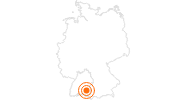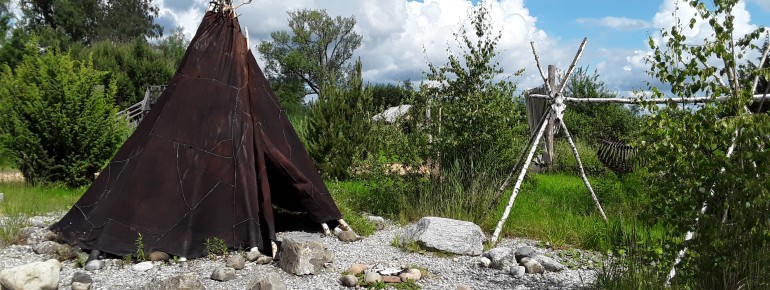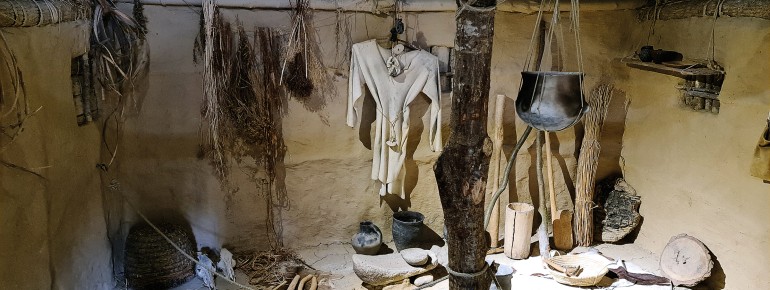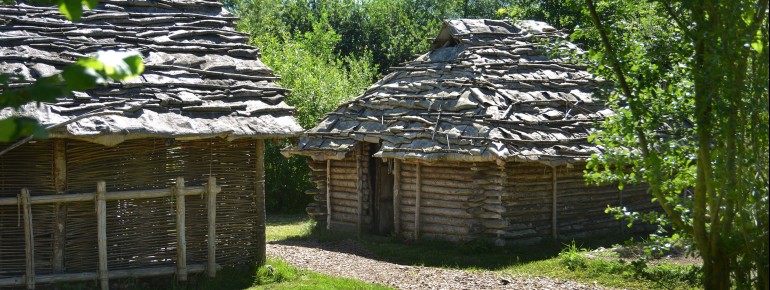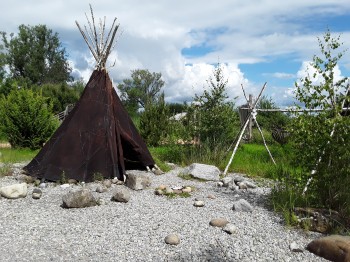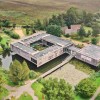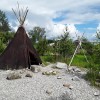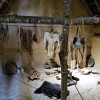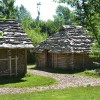Contents
Description
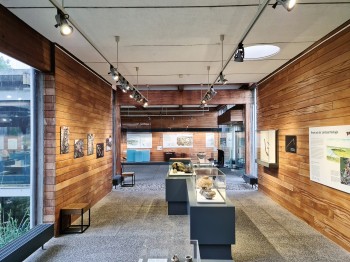
In the heart of Bad Buchau in Upper Swabia, the Federsee Museum brings the world of Ice Age hunters, pile dwellers and Celts impressively to life. In a unique combination of exhibition and archaeological outdoor area, visitors can experience 15,000 years of human history up close.
The permanent exhibition at the Federsee Museum
The tour begins with the Ice Age reindeer hunters and continues through the first settlers of the Stone Age to the Bronze Age. Original finds from the moor, including wood, textiles, plant remains and one of the oldest known disk wheels in the world, provide an insight into the everyday life, technical progress and long-distance trade of past cultures.
Religious aspects also play a role: the moor was considered a sacred place for offerings and rituals. Many of the finds come from nearby UNESCO World Heritage Sites and are vividly presented in the museum. Thanks to the excellent conservation conditions in the Federseeried, they are unique in Europe. The permanent exhibition is regularly supplemented by changing specialexhibitions with a wide variety of themes.
The open-air site
A particular highlight is the extensive archaeologicalopen-air site, which is directly adjacent to the museum. Here, original settlement forms have been reconstructed in life-size on the basis of real excavation findings: from the Palaeolithic camp site to the typical pile dwellings of the Neolithic and Bronze Age to a Celtic fishing facility.
In the summer months, regularly changing hands-on activities, archaeotechnical demonstrations and events provide a lively museum experience. The museum also offers a varied educational program for school classes as well as creative workshops and guided tours for families, groups and adults.
Historical Information
The origins of the Federsee Museum date back to 1919, when it was founded under the name “Museum for Pre- and Early History of the Federsee Region”. The aim was to document the important archaeological finds from the Federseeeried, one of the richest wetland areas in Central Europe, and make them accessible to the public. In the early years, the museum was initially housed in various temporary accommodations before being given its own museum building in the 1960s.
In the following decades, the collection was steadily expanded, while scientific excavations in the moorland intensified. The extraordinary preservation of organic materials in the moist soil soon brought internationalattention to the region.
Since 2003, the Federseemuseum has been a branch museum of the Baden-Württemberg Archaeological State Museum and today serves as a central point of contact for the UNESCO World Heritage sites in the Federseeried.
How to get there
The Federsee Museum is located in the Upper Swabian spa town of Bad Buchau, nestled in the landscape around Lake Federsee. The region is known for its moorland and archaeological sites. The museum is easy to reach both by car and by public transport.
If you are traveling by car, follow the B30 (Ulm-Friedrichshafen) to the Bad Schussenried exit and continue from there via the L283 and L275 to Bad Buchau. Alternatively, you can also reach the town via the B312 and the L267. There are public parking spaces in the immediate vicinity of the museum.
It is also easy to get here by bus and train: the nearest train stations are in Bad Schussenried and Aulendorf. From there, regular buses run to the “Hauptstraße” stop in Bad Buchau. It is only a few minutes' walk from the bus stop to the museum.
Accessibility: The permanent exhibition is barrier-free. An accompanying person is recommended for the partly uneven outdoor area.
